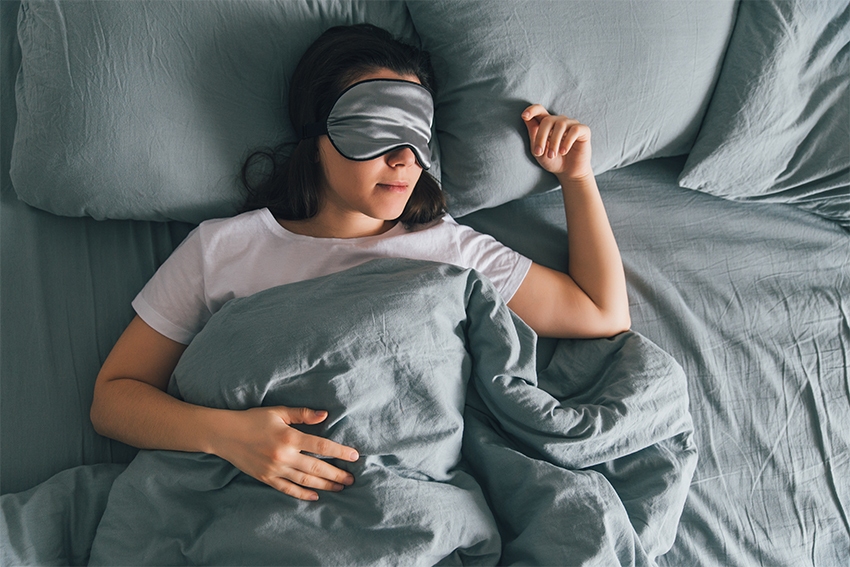Simple Steps To Manage Your Pain While At Home
How to move more, sleep better and use effective modalities to treat chronic pain, persistent pain or acute orthopedic pain
Dr. Kelly Starrett (DPT) from The Ready State™ discusses options for the millions of Americans that are staying home due to recent events and are suffering with chronic or persistent pain, since access to treatments may be limited. A lot of the therapies and treatments that these people were counting on are currently not available such as Physical Therapy, injections, or a scheduled surgery. So that leaves many people suffering at-home with a lot of questions as to how they can ease their symptoms and treat their pain during this time of “sheltering in place” or self-quarantine.
Trying to manage your pain while also juggling all of the complexities of life and work and uncertainty in the current situation can be overwhelming. That stress and mental or emotional exhaustion can unfortunately add to the physical pain you feel. So what do you do now?
The simplest answer is: Just Control What You Can Control.
Some contributing factors to chronic pain that are often overlooked are: Movement and Sleep. What we’ve been seeing due to the stay-at-home order is a reduction in basic daily activity for most people. You’re simply not moving as much as you did before. This isn’t speaking to intense exercise, it’s just about moving your body in any way, shape, or form, that will get you out of a stationary or static position.
Movement with Pain
Those with chronic or persistent pain can have even greater barriers when trying to get more movement into their daily routines. It’s either too painful to move, or our brains have been trained to be fearful of movement since we know that it’s been painful in the past. One thing you can do to combat this fear of movement is to make small changes in order to alter your mindset towards moving.
The Number 1 Goal = Get as much movement in a day that your body can take safely
By making small movements on a daily basis, you can change how your brain is perceiving the pain response that your body is sending. Most people experience the worst level of pain after being still for too long, because with lack of movement the only thing your brain focuses on is the extreme sensitization towards the painful stimuli.
You can start small and grow from there. For example, start with walking for only one minute around your house. If you can do that, try walking for two minutes, or having multiple one-minute walks throughout the day, and so on. For more examples on small movements you can try, watch the full video below.
Sleeping with Pain
When you’re stressed or in pain, usually the first thing that gets compromised is your quality and length of sleep. Unfortunately, a lack of sleep naturally heightens your sensitivity to anything going wrong in your body. Your pain becomes amplified simply by not getting enough sleep. We also know that our bodies are 30% more immune compromised, and tissues don’t heal as fast when we’re sleep deprived – we can’t focus very well or manage additional pain our body experiences.
The Number 1 Goal = Get as much “dense” sleep as possible (preferably 8+ hours of good quality sleep per night)

Quick Tips for better sleep:
- Grab a sleep monitor – if possible, obtain a sleep detection device so you can monitor the quality and length of sleep you’re getting on a daily basis
- Set an alarm to go off an hour before you want to go to bed – having a defined bedtime can help your circadian rhythms and train your brain that you’re ready for sleep
- Increase the amount of “non-exercise” activity as possible to drive “sleep pressure”
- Curtail Caffeine between 12pm – 4pm depending on your caffeine tolerance
- Make your room as cold and as dark as possible – use an eye mask if you can get or make one
So during this time of limited access to all the various treatments and therapies that you’d normally utilize to help manage your pain, it’s important to ask yourself:
- Can I MOVE MORE during the day?
- Can I increase the amount of QUALITY SLEEP I get to 8 hours or more?
In addition to increasing movement and improving sleep habits, a great modality you can use to manage your pain at home is the H-Wave device. H-Wave provides powerful on-demand pain relief; as well as rehabilitative benefits which can decrease pain by decongesting an injured area and bringing nourishment in via increased circulation. You can get your own H-Wave for at-home treatment here. The device is shipped directly to you and includes a one-on-one personalized virtual instructional session to customize treatment protocols specific to your individual needs.
You may also like:
How To Start Moving Again When You’re In Pain | Kelly Starrett, DPT